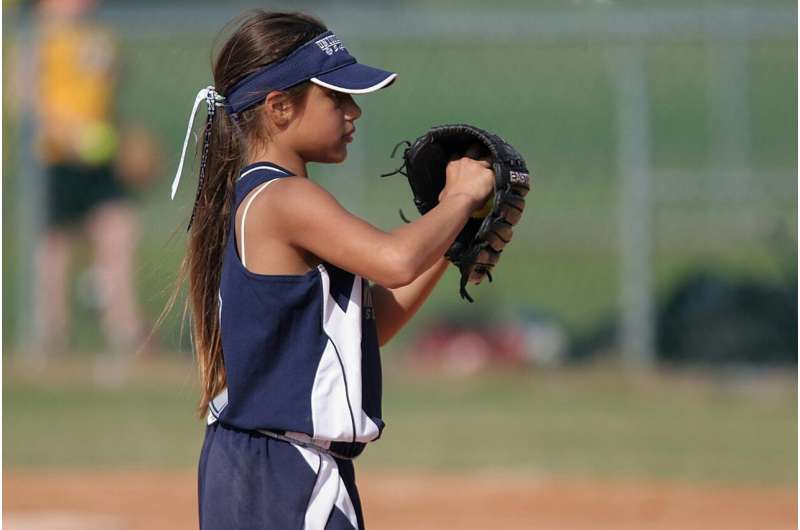
Source: Pixabay from Pexels
The U.S. Department of Health and Human Services Healthy People 2030 plan sets a national goal of increasing youth sports participation from 50% to 63% over the next five years. For adolescents, staying active benefits their overall health and their social and academic lives. However, the number of youth participating in physical activity and sports is declining. While participation gaps based on single social identities have been well studied, little research has examined the multiple, intersecting marginalized social identities of adolescents.
Research published in the Journal of Adolescent Health examined the inequalities that exist at the intersection of multiple identities—including assigned gender, gender modality, sexual identity, racial and ethnic identity, access to economic resources, weight status, and mental health, behavioral, and emotional concerns—and their impact on participation in sport and physical activity.
The study, led by Sarah Kaja of the Equitable Sport and Physical Activity Innovations Lab and an assistant professor at the University of Minnesota Medical School, analyzed intersections of seven social identities among specific subgroups of adolescents in grades 9 and 11. The research used data from the 2022 Minnesota Student Survey, in which more than 60,000 students self-reported their social identities and participation in team sports and physical activities. They found:
- While 50% of students participated in sports and 25% participated in physical activity classes, participation varied considerably across social identity intersections. For example, prevalence of participation was as low as 8-17% among groups of students who participated least in sports.
- Students with the highest sports participation were predominantly white, heterosexual, and had good access to resources, while participants with the lowest sports participation had multiple marginalized social identities.
- Youth of color and youth from gender and sexual minority groups were more likely to participate in physical activity classes. However, participation was still most often associated with good access to resources.
- Students in the lowest sports participation groups had at least one marginalized social identity, and the majority had more.
- The groups with the lowest sports participation consisted of students with a marginalized sexual identity and at least one other marginalized social identity, such as limited access to resources, a transgender or gender-questioning identity, or a higher BMI percentile.
Previous research has shown that context-specific stressors, such as inadequate policies, victimization, and intimidation, can limit LGBTQ+ people’s motivation and participation. This new research suggests that these stressors may be exacerbated for people with multiple marginalized identities, and that initiatives designed to reach adolescents based on a single identity may fail to reach the adolescents who need the most support to participate.
“By showing more nuances in the extent to which young people participate in organized sports and activities, our work is an important step in determining which students need support to be able to play,” says Kaja.
“With these building blocks, we hope to continue to reduce health disparities, achieve national public health priorities, and empower school and community organizations to create inclusive environments and develop recruitment, retention, and policy initiatives to support under-engaged youth.”
Future research should prioritize adolescents with a social identity that is overrepresented in the groups with the lowest prevalence of sport and physical activity involvement, so that specific social and structural barriers to participation can be further identified and addressed.
More information:
Sarah M. Kaja et al, Who Plays and Who Doesn’t? An intersectional investigation of inequalities in adolescent participation in sport and physical activity classes, Journal of Adolescent Health (2024). DOI: 10.1016/j.jadohealth.2024.06.025
Quote: Students with multiple marginalized identities face barriers to sports participation (2024, September 16) Retrieved September 16, 2024 from https://medicalxpress.com/news/2024-09-students-multiple-marginalized-identities-barriers.html
This document is subject to copyright. Except for fair dealing for private study or research, no part may be reproduced without written permission. The contents are supplied for information purposes only.
 Healthy Famz Healthy Family News essential tips for a healthy family. Explore practical advice to keep your family happy and healthy.
Healthy Famz Healthy Family News essential tips for a healthy family. Explore practical advice to keep your family happy and healthy.


